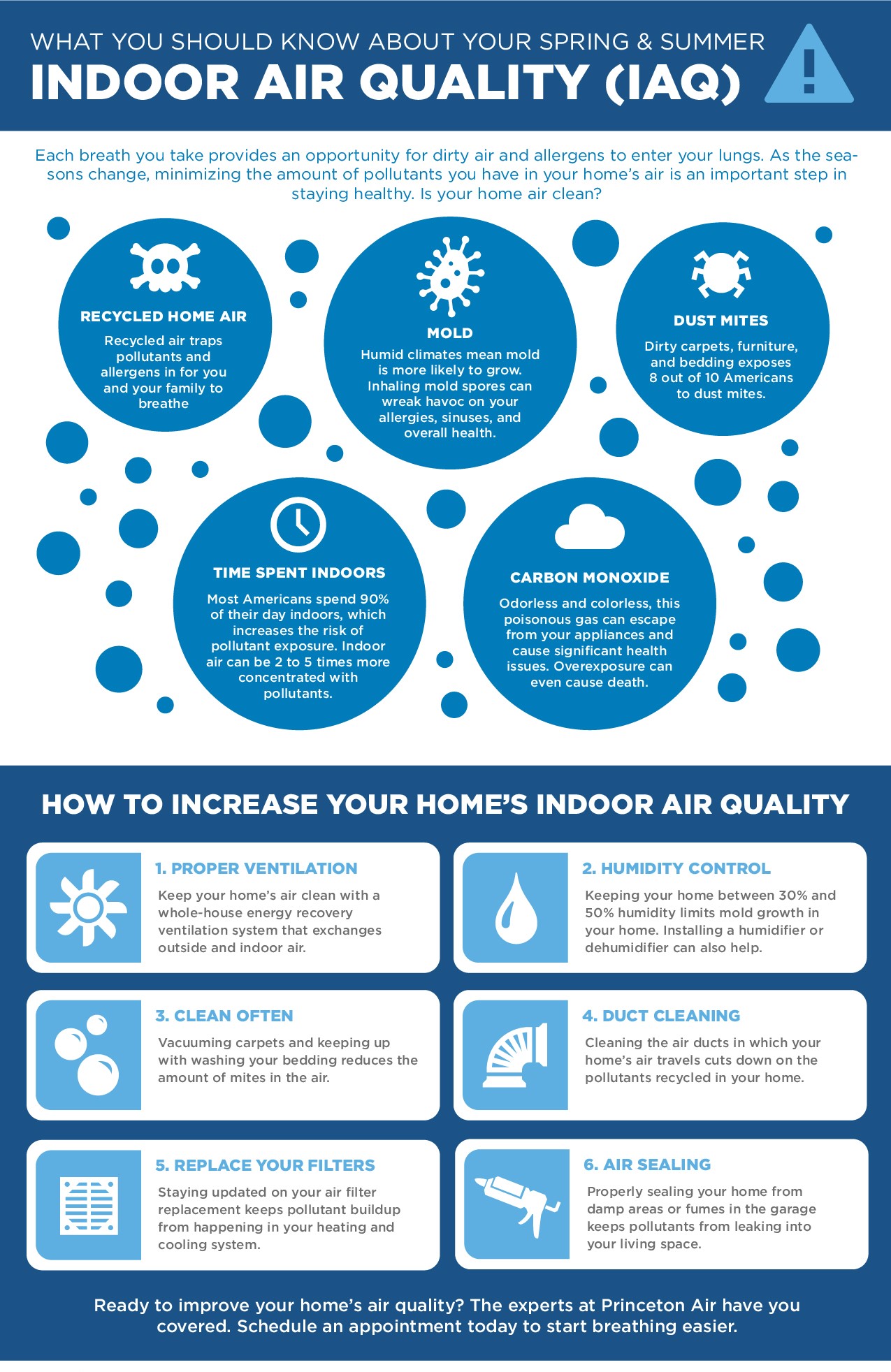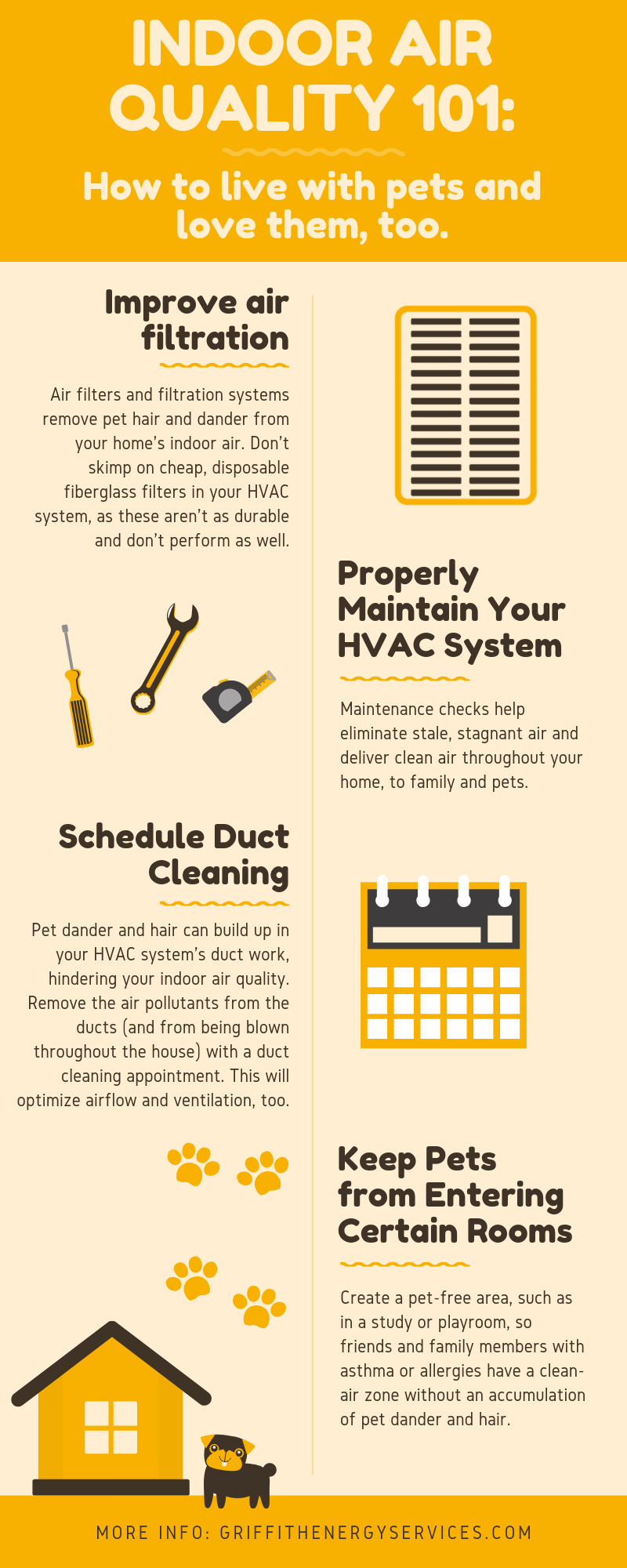Cleaning air ducts improves indoor air quality. It reduces dust and allergens in your home.
To clean air ducts, first gather necessary tools. Then, remove vent covers and vacuum the ducts. Regular cleaning ensures healthier air and better ventilation. Indoor air quality impacts your health and comfort. Dust, pollen, and mold can accumulate in air ducts over time.
This can lead to respiratory issues and allergies. Cleaning air ducts helps maintain clean and fresh air in your home. It also improves the efficiency of your HVAC system. In this blog post, we will guide you through the process of cleaning air ducts. Follow these steps to ensure your home has the best possible indoor air quality.
Importance Of Clean Air Ducts
Clean air ducts are essential for maintaining better indoor air quality. Dust, dirt, and allergens can accumulate in air ducts over time. These contaminants can then circulate through your home, affecting the air you breathe. Regular cleaning of air ducts helps remove these pollutants, ensuring fresher and cleaner air. Let’s explore the specific benefits of clean air ducts.
Health Benefits
Removing dust and allergens from air ducts can reduce respiratory issues. Clean air ducts help lower the risk of asthma attacks and allergies. Breathing cleaner air can improve your overall health and well-being.
- Reduces respiratory problems
- Lowers risk of asthma attacks
- Decreases allergy symptoms
Energy Efficiency
Clean air ducts can improve the efficiency of your HVAC system. When ducts are free of dust and debris, air can flow more easily. This means your system doesn’t have to work as hard, which can lead to lower energy bills.
- Improves HVAC efficiency
- Lowers energy consumption
- Reduces utility costs
Keeping air ducts clean can also extend the life of your HVAC system. Less strain on the system means fewer repairs and replacements. This can save you money in the long run.
Conclusion: Clean air ducts are crucial for both health and efficiency. Prioritize regular cleaning to maintain a healthier and more cost-effective home environment.

Credit: www.princetonair.com
Signs Your Air Ducts Need Cleaning
Maintaining clean air ducts is crucial for better indoor air quality. Dirty air ducts can harbor dust, allergens, and unpleasant odors. How do you know when it’s time to clean your air ducts? Here are some signs to watch for:
Visible Dust And Debris
One clear sign is the presence of visible dust and debris around your vents. Dust collecting on surfaces near vents indicates that your ducts are not clean. You may also see small particles blowing out when your HVAC system is on. This can worsen the air quality in your home.
Unpleasant Odors
If you notice unpleasant odors coming from your vents, it’s time to check your air ducts. These smells can be due to mold, mildew, or even dead pests within the ducts. Unpleasant odors are not only annoying but can also affect your health.
Allergy Symptoms
Experiencing increased allergy symptoms indoors is another sign. If you or your family members have frequent sneezing, coughing, or itchy eyes at home, your air ducts might be the culprit. Allergens trapped in the ducts circulate through your home, triggering symptoms.
Tools And Materials Needed
To clean air ducts for better indoor air quality, you need the right tools and materials. The correct equipment ensures a thorough cleaning and prevents damage to the ducts. Below are the essential tools and materials you will need.
Vacuum Cleaner
A vacuum cleaner is a crucial tool for cleaning air ducts. Use a vacuum cleaner with a long hose attachment. This helps to reach deep into the ducts. HEPA-filtered vacuums are the best choice. They trap tiny particles and prevent them from re-entering the air.
Brushes And Cloths
Brushes and cloths are necessary for scrubbing and wiping the ducts. Different types of brushes are available:
- Soft-bristle brushes for delicate areas
- Stiff-bristle brushes for tough dirt
Microfiber cloths are also important. They capture dust effectively. Use them to wipe down the interior of the ducts after brushing.
Protective Gear
Protective gear is vital for your safety. Wear a dust mask to avoid inhaling dust and debris. Safety goggles protect your eyes from particles. Gloves keep your hands clean and safe from sharp edges inside the ducts.
Here’s a quick checklist of the tools and materials needed:
| Tool/Material | Purpose |
|---|---|
| Vacuum Cleaner | Remove dust and debris |
| Soft-bristle Brushes | Clean delicate areas |
| Stiff-bristle Brushes | Scrub tough dirt |
| Microfiber Cloths | Wipe down interior |
| Dust Mask | Protect from inhaling dust |
| Safety Goggles | Protect eyes |
| Gloves | Protect hands |
Preparation Steps
Cleaning air ducts is crucial for maintaining better indoor air quality. Proper preparation ensures a thorough and efficient cleaning process. Let’s explore the essential preparation steps to follow before you start cleaning your air ducts.
Turn Off Hvac System
First, turn off your HVAC system. This prevents debris from circulating while you clean. Locate the main power switch and flip it off. This step is vital for safety and efficiency.
Cover Furniture And Floors
Next, cover your furniture and floors. Use plastic sheets or old blankets. This protects them from dust and debris. Secure the covers with tape to keep them in place. This step makes cleanup easier and protects your belongings.
Following these preparation steps ensures a smooth and effective air duct cleaning process. Proper preparation leads to better indoor air quality and a healthier living environment.
Cleaning The Air Ducts
Keeping your air ducts clean is crucial for better indoor air quality. Dust, dirt, and allergens can build up in your ductwork over time. Regular cleaning helps ensure the air you breathe is fresh and healthy. Follow these steps to clean your air ducts effectively.
Removing Vent Covers
Start by removing the vent covers from your walls or floors. Use a screwdriver to loosen the screws. Place the screws in a safe spot. Gently lift the vent covers off. Soak them in warm, soapy water to remove dust and grime. Dry the vent covers thoroughly before reattaching them.
Vacuuming The Ducts
Next, vacuum the inside of your air ducts. Attach a hose to your vacuum cleaner. Insert the hose into the ductwork as far as possible. Move the hose around to suck up dust and debris. Use a brush attachment for better results. Repeat this process for all air ducts in your home.
Wiping And Brushing
After vacuuming, wipe the inside of the ducts with a damp cloth. Use a long-handled brush to reach deeper sections. Scrub the duct walls to remove stubborn dirt. Be gentle to avoid damaging the ducts. Let the ducts dry completely before replacing the vent covers.
Cleaning Other Hvac Components
Cleaning other HVAC components is vital for maintaining good indoor air quality. Besides air ducts, other parts of the HVAC system need regular cleaning.
Cleaning The Blower
The blower is a critical part of your HVAC system. It helps circulate air throughout your home. Over time, it collects dust and debris. This can reduce efficiency and air quality.
Follow these steps to clean the blower:
- Turn off the power to the HVAC system.
- Open the blower compartment.
- Remove dust and debris using a vacuum with a brush attachment.
- Wipe down the blower blades with a damp cloth.
- Ensure all parts are dry before closing the compartment.
Replacing Air Filters
Air filters trap dust, pollen, and other particles. Clean filters are essential for good indoor air quality. Dirty filters can block airflow and reduce efficiency.
Here’s how you can replace the air filters:
- Turn off the HVAC system.
- Locate the air filter compartment.
- Remove the old filter and dispose of it properly.
- Check the size and type of the filter.
- Insert a new filter, ensuring it fits snugly.
- Close the compartment and turn the system back on.
Regular maintenance of these components can lead to better air quality. It also ensures the HVAC system works efficiently.
Post-cleaning Inspection
Once you have cleaned your air ducts, it is crucial to inspect them. This step ensures that the cleaning process was effective. A thorough post-cleaning inspection helps in maintaining better indoor air quality.
Checking For Remaining Debris
Start by checking for any remaining debris in the ducts. Use a flashlight to look deep into the ducts. If you find dirt or dust, it means the cleaning was incomplete. Make sure to remove all visible debris. This step prevents future air quality issues.
Ensuring Proper Airflow
Next, ensure that the airflow is proper. Turn on your HVAC system and check each vent. Feel the air coming out. If the airflow feels weak, the ducts might still be blocked. Clear any blockages to ensure optimal airflow.
Proper airflow is essential for good indoor air quality. It also improves the efficiency of your HVAC system. Make sure every vent is functioning correctly after cleaning.

Credit: www.platinumaircare.ca
Maintaining Clean Air Ducts
Maintaining clean air ducts is vital for better indoor air quality. Clean air ducts help reduce allergens and dust in your home. This can improve health and comfort. Below are some tips to keep your air ducts clean and efficient.
Regular Inspection
Regular inspection of air ducts is crucial. Check for dust, mold, and debris. Look at vents and registers. Ensure they are free of blockages.
- Inspect ducts every three months.
- Use a flashlight to look inside vents.
- Check for signs of pests or rodents.
Scheduled Professional Cleaning
Professional cleaning should be scheduled regularly. Experts have tools to clean ducts thoroughly. They can reach places you can’t.
| Service | Recommended Frequency |
|---|---|
| Professional Inspection | Annually |
| Deep Cleaning | Every 3-5 years |
- Hire a certified professional.
- Check their reviews and references.
- Ensure they use eco-friendly cleaning products.
Keeping air ducts clean can enhance air quality. It also extends the life of your HVAC system. Follow these tips for a healthier home.

Credit: www.griffithenergyservices.com
Frequently Asked Questions
Why Clean Air Ducts Regularly?
Cleaning air ducts regularly removes dust, allergens, and contaminants. This improves indoor air quality and enhances HVAC system efficiency. Regular cleaning also helps in reducing energy costs and extending the life of your HVAC system.
How Often Should Air Ducts Be Cleaned?
Air ducts should be cleaned every 3 to 5 years. However, homes with pets or allergies may require more frequent cleaning. Regular inspections can help determine the right cleaning schedule for your home.
Can Dirty Air Ducts Affect Health?
Yes, dirty air ducts can affect health. They can circulate dust, mold, and allergens. This can lead to respiratory issues, allergies, and other health problems. Cleaning air ducts can improve indoor air quality and health.
What Are Signs That Air Ducts Need Cleaning?
Signs include visible dust, mold growth, and musty odors. Increased allergies or respiratory issues can also indicate dirty air ducts. Higher energy bills may suggest reduced HVAC efficiency due to dirty ducts.
Conclusion
Cleaning air ducts improves indoor air quality significantly. It removes dust and allergens. Regular maintenance keeps your home healthy. Clean air ducts also boost HVAC efficiency. This saves you money in the long run. So, don’t neglect this important task.
Breathe easier and live better with clean air ducts. Follow these simple steps and enjoy a fresher home environment.
Rakib Sarwar is a Registered Pharmacist and a reputed health and wellness blogger. He has a great interest in Air purifiers.
